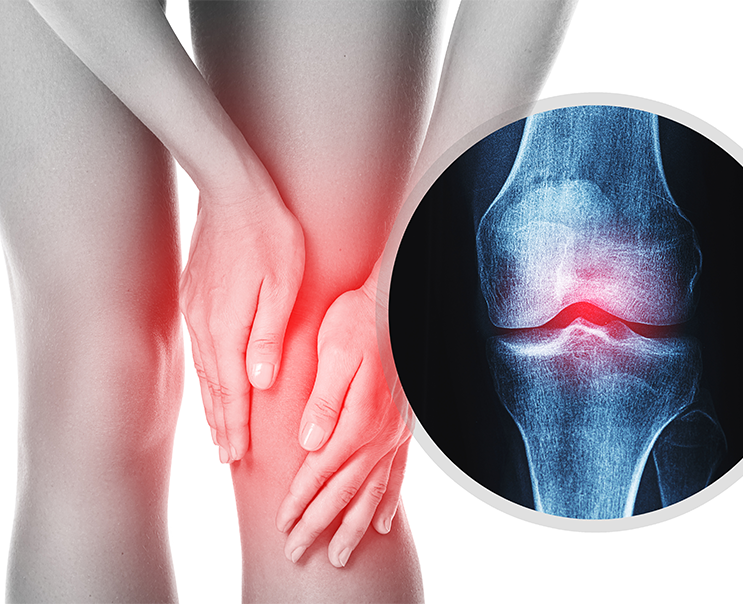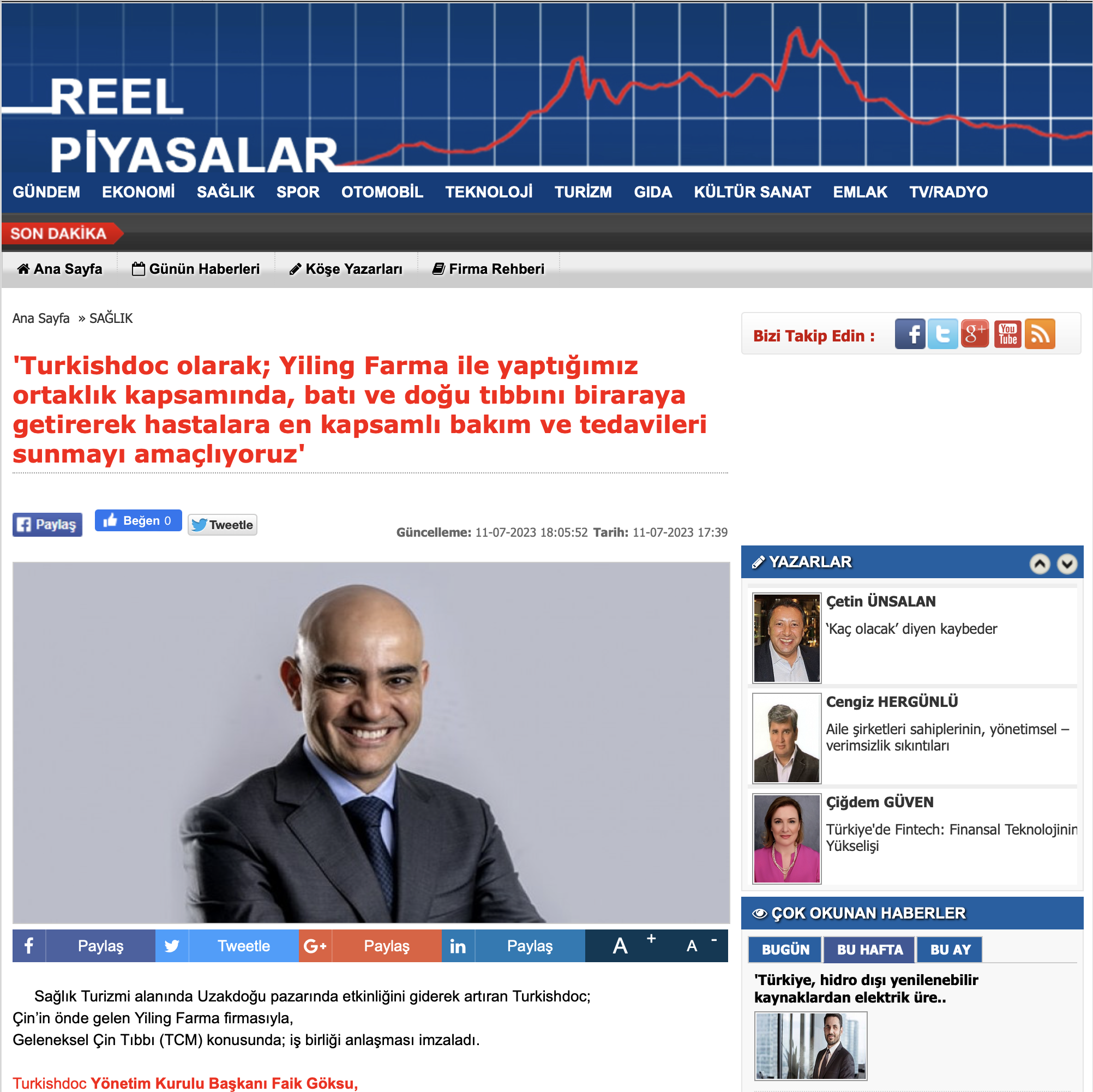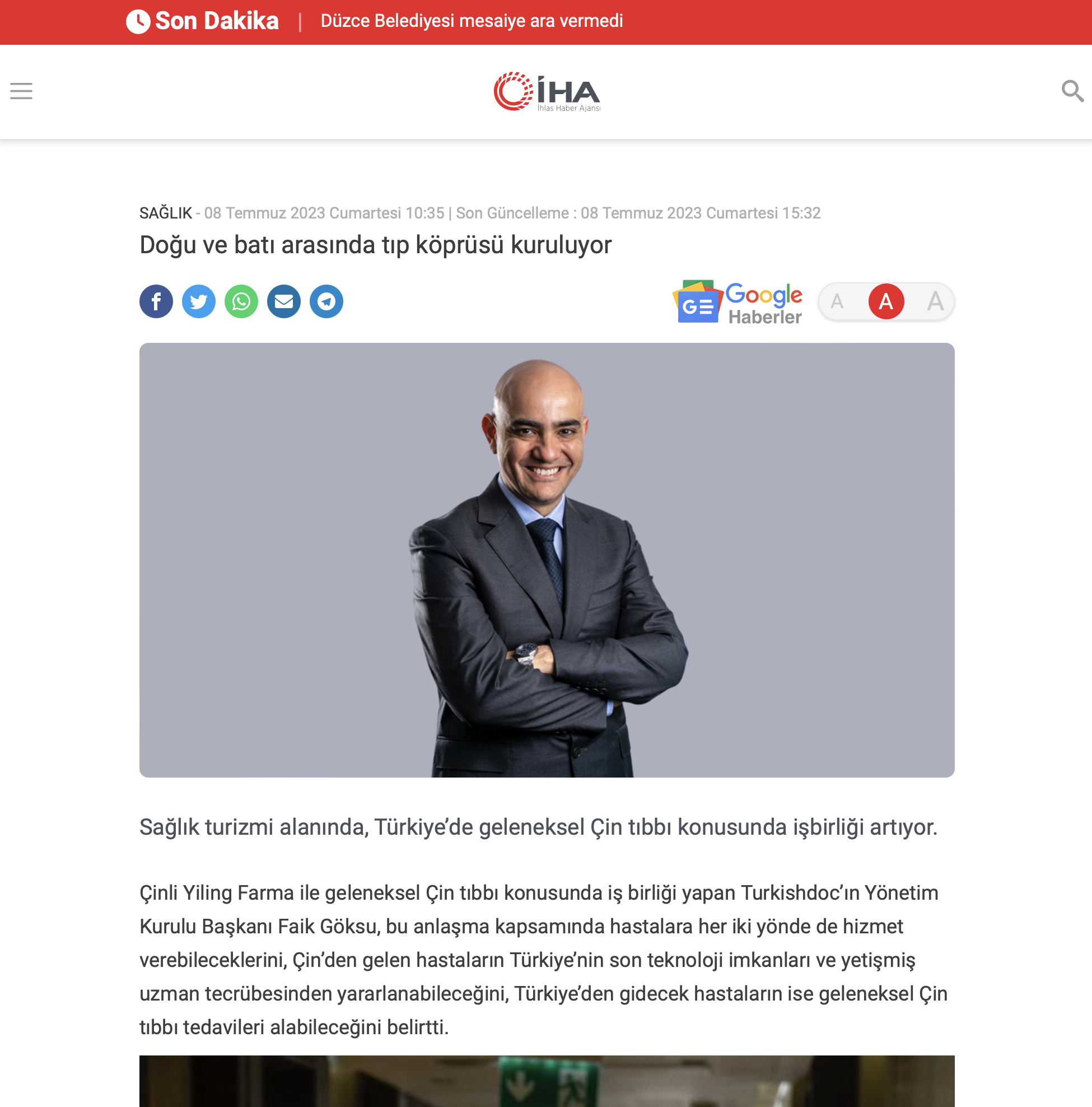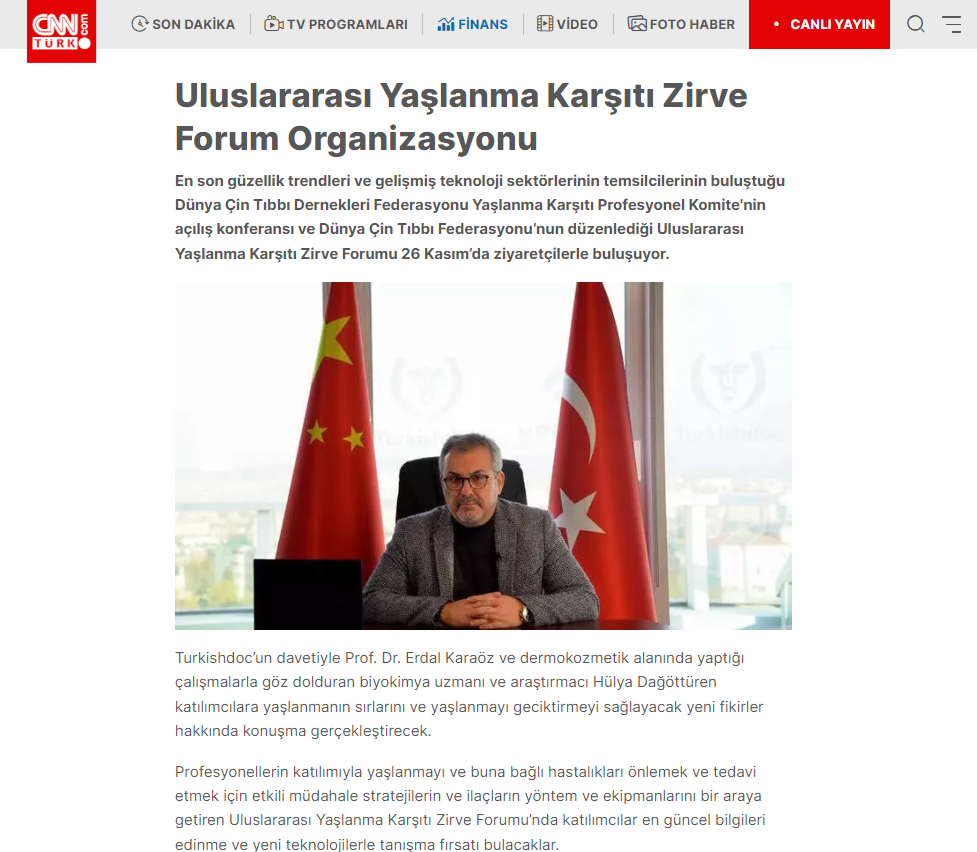Turkishdoc
What Is Knee Arthroscopy And How Does It Work?
Knee arthroscopy is a minimally invasive surgical procedure in which a small camera is inserted into the knee. Small incisions are made, and arthroscopy and appropriate surgical instruments are inserted into the knee joint. Used for various knee injuries and deformities, knee arthroscopy is often an effective treatment method. The surgeon sees the images of the knee joint in detail and identifies the problem in the bone. In a way, knee arthroscopy is therefore a method that can also be used to diagnose problems in the knee joints. Having diagnosed the problems, the surgeon then applies appropriate treatment procedures. The reason it is a common treatment method is that it is a minimally invasive surgical procedure. Because it involves small incisions, it requires a faster recovery than other surgical procedures. In all these aspects, knee arthroscopy is a surgical procedure used for various reasons.
Why Was The Knee Arthroscopy Performed?
In some cases, knee pain may not go away with conservative treatment methods. This can lead to the development of arthritis. To prevent arthritis in the knee joints or to reduce knee pain, knee arthroscopy may be a solution. However, it should be emphasized that this treatment method does not cure arthritis, it can only prevent it from occurring. Therefore, knee arthroscopy is used when conservative treatment methods such as ice, rest, physical therapy, and non-steroidal anti-inflammatory drugs do not relieve knee pain. This treatment method is particularly suitable for young people. The reasons for knee arthroscopy are as follows:
- Torn meniscus
- Removal of a Baker cyst
- Kneecap (patella)
- Damaged anterior cruciate ligament
- Damaged posterior cruciate ligament
- Fractures
In general, knee arthroscopy is a treatment that is used when a person is diagnosed with these conditions. It is not recommended for osteoarthritis, which is a common form of arthritis today. This is because this surgical procedure will not be effective for arthritis. Therefore, knee arthroscopy can be performed if the above conditions are present, especially among young people.
How To Prepare For Knee Arthroscopy?
The doctor or surgeon will provide comprehensive information about the preparation for knee arthroscopy. In general, medications and supplements are taken into account. A pre-operative preparation process is planned accordingly. The patient should come to the surgery without eating or drinking. Alcohol and smoking should be avoided for the duration of the surgery. The person’s suitability for this surgical procedure is measured by some examination and test methods. If the person is suitable, an appointment for surgery is set, and the person is expected to be at the hospital on the day of the appointment.
Knee Arthroscopy Process
There are several processes for knee arthroscopy. There are three different processes: before, during, and after the operation. Each process is very important, and some elements need to be considered. Detailed information about the processes of knee arthroscopy is given below:
- Before Surgery
Arrive at the hospital or surgical clinic for knee arthroscopy on the day of surgery. The things to be considered in this process are the elements specified by the doctor during the preparation process. It is essential to have nothing to consume or drink during this time. Wait for the time of surgery in the preoperative area. Before the operation time arrives, anesthesiologists examine the person and make the necessary controls. Then he/she is brought to the operating room, where one of the anesthesia methods is applied. There are several options: general anesthesia, local anesthesia, and regional anesthesia. The general aim of these anesthesia methods is that the person does not feel pain during the operation. Therefore, anesthesia is administered, taking into account the person’s health status, age, and similar factors, and then the surgical process begins.
- During Surgery
At the beginning of the surgery, the surgeon cleans the person’s leg and fixes it to a device to stabilize it. Thus, the leg remains at the desired level throughout the surgical intervention, and the operation is performed comfortably. To access the damaged knee joint, a small incision is made and a device called an arthroscope with a camera at the end is inserted. This shows all the details of the knee joint and bone on the operating room monitor. As the surgeon sees the details, it becomes easier to diagnose and treat. After the damaged bones or joints are identified, an incision is made in different places and surgical instruments are inserted. With the help of special tools, the damaged tissues are removed and the tissues in the joint are repaired. The surgical procedure is completed by suturing the incision site and wrapping a large bandage around the knee.
- After The Surgery
It is possible to be discharged on the same day of the knee arthroscopy procedure, which takes about 1 hour, but this may be longer depending on the complications that occur. A relative should take the person home after the surgery to avoid any problems. There are some things to be aware of during the treatment at home. Here are some things to avoid during the first few days of recovery at home after knee arthroscopy:
- Avoid lifting weights.
- Keep the knee elevated to reduce swelling and pain.
- Painkillers prescribed by the doctor should be taken.
- The incision site should be kept clean and dry, alternative solutions about showering should be obtained from the surgeon.
- After a certain period, support from a physiotherapist should be sought.
Risks Of Knee Arthroscopy
Risk factors for knee arthroscopy are rare. As with other types of surgery, infection and bleeding are common complications. Rarely, blood clots and arthroscopy are rare. As with other types of surgery, infection and bleeding are common complications. Rarely, blood clots, stiffness, and swelling of the knee may occur after the operation. However, because they are rare, they are not life-threatening.
Knee Arthroscopy Results
Complete recovery after knee arthroscopy can vary. This is because the condition being treated is an important factor determining this process. This surgical procedure removes Baker’s cyst, broken cartilage, torn meniscus, and synovium problems. After a certain period the person can return to their active life. In addition, the healing process is fast. The full recovery period varies between 1 month and 1 year. This process depends on the complexity of the surgery performed. In conclusion, knee arthroscopy is a common surgical procedure among young people due to its many positive features.











